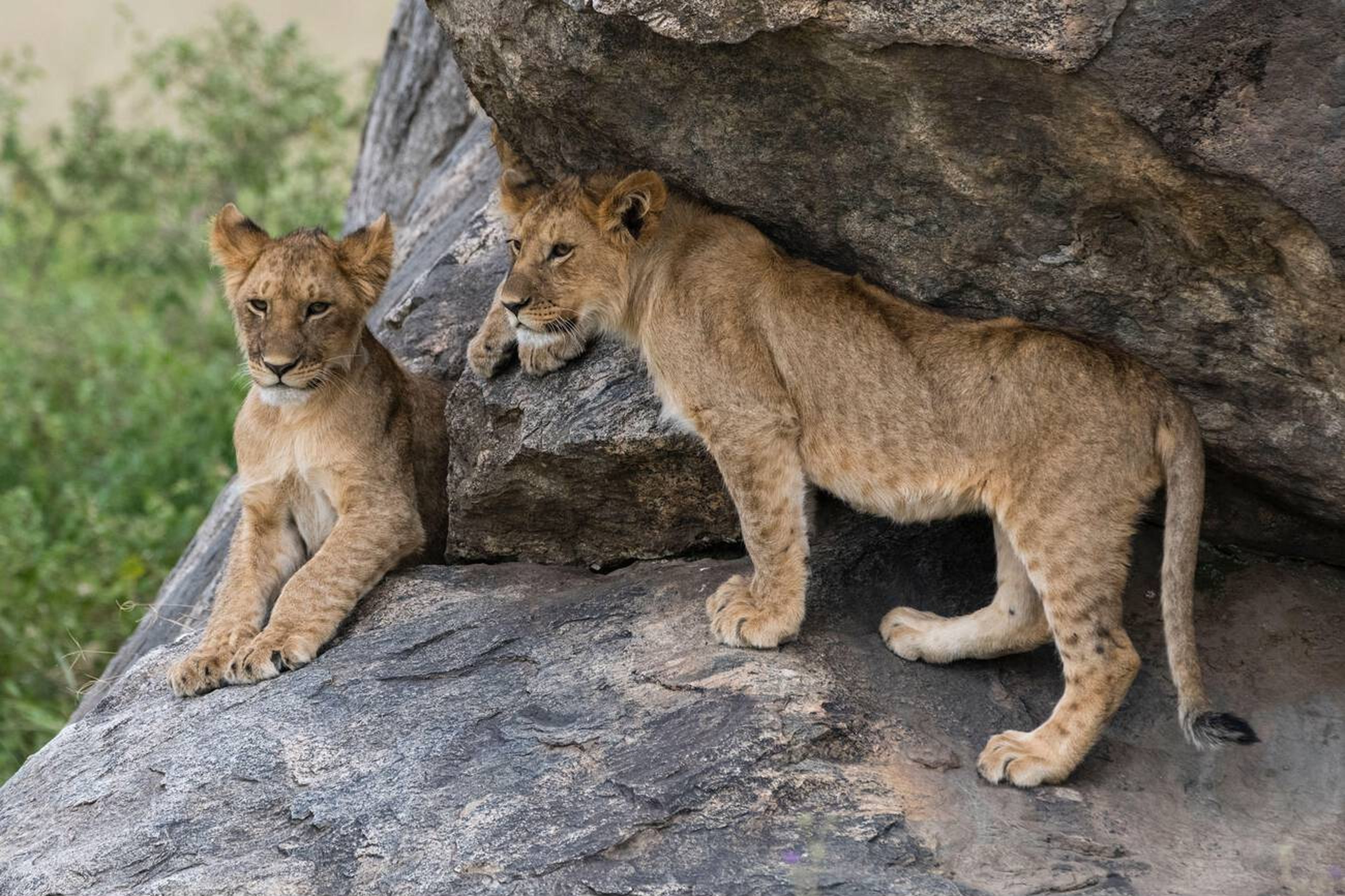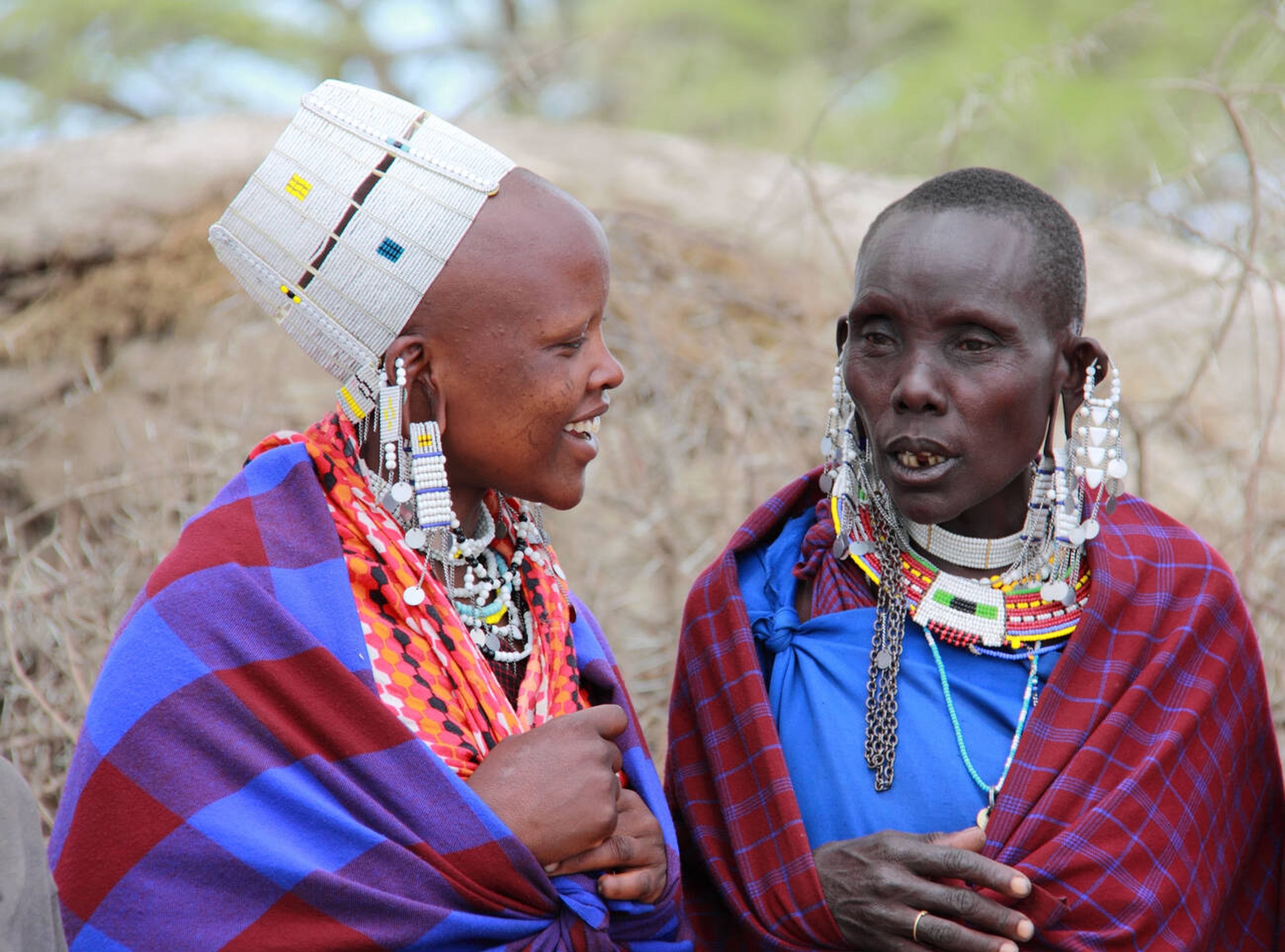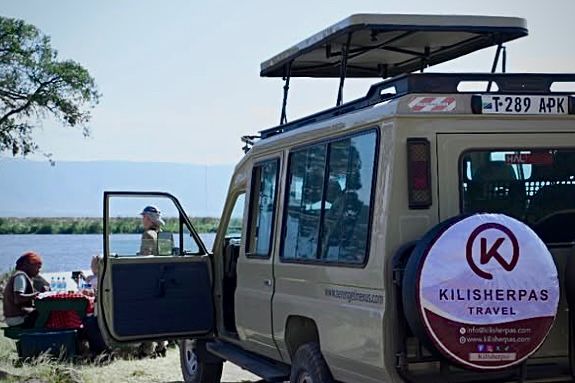Why Witness the Great Migration in Tanzania?
The Great Migration is one of nature’s most spectacular phenomena, where over 2 million wildebeest, 200,000 zebras, and 300,000 gazelles traverse the Serengeti-Mara ecosystem in search of fresh grazing. This ancient clockwise journey, triggered by rainfall, spends nine months in Tanzania, offering dramatic river crossings, calving spectacles, and predator-prey action. Kilisherpas Travel, with 20,000+ Kilimanjaro ascents since 2021, crafts tailored safaris to position you for intimate encounters away from crowds. Tanzania’s vast landscapes provide diverse viewing opportunities, from Ndutu’s births to the Mara River’s chaos.
The Great Migration Calendar: When to Go Where
The Migration follows a fluid, rain-driven circuit. While unpredictable, here’s the 2025 guide based on historical patterns and expert forecasts:
December–March: Calving Season (Southern Serengeti/Ndutu)
- Where: Ndutu Plains (northwestern Ngorongoro Conservation Area) and southern Serengeti.
- What to See: Synchronized births of ~8,000 calves daily (January–February), overwhelming predators like lions, cheetahs, and hyenas. Tender maternal moments and newborn energy.
- Highlights: Golden grasslands, storm clouds, and intimate predator chases.
- Crowds: Less busy than peak season; ideal for photography.
April–June: Western Corridor & Grumeti River Crossings
- Where: Western Serengeti and Grumeti River.
- What to See: Herds moving northwest, facing dramatic Grumeti River crossings with Nile crocodiles. Resident leopards and lions in woodland habitats.
- Highlights: Quieter, diverse landscapes; excellent game viewing.
- Crowds: Moderate; shoulder season value.
July–October: Mara River Crossings (Northern Serengeti)
- Where: Northern Serengeti and Mara River.
- What to See: Explosive river crossings with massive crocodiles and strong currents. Herds concentrate, creating predator feasts (lions, cheetahs).
- Highlights: Iconic drama; golden-hour photography.
- Crowds: Busy; book early for mobile camps.
November: Short Rains and Southern Return
- Where: Southern Serengeti/Ndutu.
- What to See: Herds fragmenting southward as rains green the plains. Transitional sightings with resident wildlife.
- Highlights: Shoulder-season deals; dramatic storm lighting.
- Crowds: Low; great for value.
Where to Stay for the Great Migration
Kilisherpas Travel’s mobile camps follow the herds for optimal viewing:
- Olakira Migration Camp: Relocates seasonally—Ndutu (Dec–Mar) for calving, northern Serengeti (Jun–Oct) for crossings. Intimate (12–20 guests), eco-friendly.
- Ubuntu Migration Camp: Lightweight tents relocate for exclusive access; focuses on Grumeti and Mara.
- Dunia Camp: Central Serengeti base for western migration (Apr–Jun); year-round resident wildlife.
- Namiri Plains: Eastern Serengeti for cheetahs; ideal November returns.
Tip: Mobile camps (12–20 guests) avoid large-lodge crowds (100+), offering flexibility and immersion.
Avoiding the Crowds: When & How
- Shoulder Seasons: Early July/late October for northern crossings; early June for Grumeti; early March for calving (pre-Easter).
- Mobile Camps: Smaller than permanent lodges; follow herds to quieter spots.
- Expert Guides: Kilisherpas’ guides know secondary crossings and alternative routes for intimate views.
- Early Mornings: Golden hour (dawn) drives spot action before crowds arrive.
Tip: Book 6–12 months ahead for July–October; shoulder seasons offer 20–30% discounts.
How Long Should You Stay?
- Minimum: 4–7 nights for focused migration viewing, accounting for unpredictable movements.
- Ideal: 7–10 nights for multiple regions (e.g., Ndutu calving + northern crossings).
- Multi-Region: 2–3 nights per area (south, west, north) for diverse experiences.
- Kilisherpas Recommendation: 5–7 days Serengeti + 2–3 days Ngorongoro for a complete migration safari.
What to Pack for a Great Migration Safari
- Clothing: Neutral tones (khaki, olive) for blending in; layered for mornings/evenings (lightweight shirts, fleece, windbreaker).
- Photography: Telephoto lens (400–600mm), wide-angle, waterproof bags, extra batteries.
- Essentials: Binoculars, DEET repellent, SPF 50+ sunscreen, wide-brimmed hat, comfortable walking shoes.
- Other: Insect net, lightweight rain jacket (shoulder seasons).
Tip: Pack for variable weather; early mornings can be cool (10–15°C).
Best Add-On Destinations
- Ngorongoro Crater: Big Five in a volcanic caldera; 1–2 days post-southern Serengeti.
- Zanzibar: Beach relaxation and diving; 3–5 days after northern Serengeti.
- Ruaha/Tarangire: Remote wilderness with elephants and lions; for off-season extensions.
Why Experience the Migration with Kilisherpas Travel?
- Mobile Camps: Follow herds for prime viewing without crowds.
- Expert Guides: Position you for crossings and calving; know secondary spots.
- Custom Itineraries: 4–10 nights, combining Serengeti with Ngorongoro or Zanzibar.
- Ethics: Sustainable practices supporting Maasai communities.
Ready to Witness the Great Migration?
Tanzania’s Great Migration is a year-round spectacle—calving in February, crossings in July. Kilisherpas Travel crafts exclusive safaris for 2025 - 2026. Book now or explore our safari tours.


